|
One of the joys of Mumbai nowadays is the wall paintings all over the place. The BMC and the State government seems to be encouraging artists to do cool murals and wall paintings all over the place and it adds an awesome touch of colour and art to everyday commutes.
Well done artist! and BMC! and Government! and any body else involved in this cool art project! Since I was on a cycle on my Sunday morning ride, I did not zip past them like a normal commuter and could spend some time to stop and admire them and take a few clicks.
It was yet another rainy Sunday, and it was time for a Sunday morning ride.
I cycled happily towards ‘South Bombay’ and went on to visit a most beautiful place - the ‘Hanging garden’ - or, to give it its official name - the ‘Phirozeshah Mehta garden’. Which is a good opportunity to talk about that magnificently moustachioed Parsi gentleman - Sir Pherozeshah Mehta - ‘The father of Bombay’ and a founding member of the Indian National Congress.
This venerable bawaji was a remarkable fellow - he was one of the first ‘Post Graduate’ degree holders in the country - getting his ‘Master of Arts’ from the newly minted ‘Univerity of Bombay’ in 1864, and then went to London to get his law degree, and became the first Parsi barrister in blighty. He then returned to Bombay to hang out his shingle and go toe-to-toe with the toffee-nosed British lawyers who had held a monopoly on the silly-wig-and-black-housecoat trade in India till that time. P.M. went on to become one of the most famous lawyers in Bombay and probably charged an arm and a leg just to look at a brief. ( A legal brief, I mean...not undies!)
One of his famous clients was the first Municipal Commissioner of Bombay - Arthur Crawford - who was accused of corruption! The very first commissioner clearly set the corruption ball rolling and his example seems to have been faithfully followed by all the BMC employees ever since!
This is one great Mumbai landmark that really flies under the radar. This is one of the coolest places in Mumbai, but no one seems to visit it, talk about it or even know about it. The Mahalaxmi racecourse - headquarters of the RWITC - the Royal Western India Turf club - located on a humongous 225 acres of land in one of most expensive and desirable areas of South Mumbai.
Just the sheer size of this property makes this a Mumbai marvel - because the city is so crowded, so chockfull, so cramped, so gummed up - that even sardines in their cans feel relaxed and spread out as compared to Mumbaikars. The property prices are high enough to make even Doland Trump bhai suck in a breath and shout ‘We are winning so much that we will one day buy a plot in Mumbai! Agli baar, trump sarkar!’. Even Sheikh Chilli of Arabia thinks twice before investing in land here and the Sultan of Brunei shook his head and went back on his gold-plated private jet.
And in the midst of all this, we have 225 acres of beautifully maintained greenery which is used for races only for a few days in a year! Isn’t that amazing?
I don't think people in Mumbai really appreciate the historical significance of the place - but this racecourse is more than 150 years old, and is a wonderful heritage structure with a lot of historical value. It was built in 1883!
Horse racing was always a big thing with the British, and the first thing they built once they had taken over a town and pacified the natives was to build a...no, not a racecourse silly! The first thing was a fort, then a court and gallows to hang all those who opposed them, then a port for their ships to haul away their loot, a bank to store the money they stole from the locals...and once they were good and rich and safe - a racecourse! The first racecourse was built in India in Guindy, Madras - in 1777! The East India Company had won the battle of Plassey in 1757 and conquered Bengal. The EIC further established its hold in India by defeating the Mughal armies in the Battle of Buxar in 1764 and had the Mughal Emperor Shah Alam II by the balls and squeezed out huge monies and the ‘Diwani’ or ‘right to collect land tax’ of Bengal, Bihar and Orissa from him - making them the de facto owners and rulers of North and East India.
We are used to it, so it doesn't really register...but we have the most amazing anomaly in the world right here under our noses.
Mumbai metropolis is one of the largest and most densely packed cities in the world - so chock full of people that you can’t swing a cat without braining a bunch of people - and breaking a few shop windows as well. Seriously, there are people living on top of people living on top of people. The cost of land and building is also ridiculous - enough to make even Onassis and Donald Trump suck in their breath with a startled ‘what ho!’. You could probably buy a huge ranch in Texas - along with horses - for the price of a 3 BHK in South Bombay. The traffic is so bad - so legendarily bad - that it is said that a courting couple can set out from office and get married, have a kid, get a divorce and then get back together in the time it would take to drive from office in South Bombay to home in Borivali. And - in the midst of all this rampant and crazy metropolitan madness - we have a full-fledged forest in the middle of the city! Not a garden - not a zoo - not a botanical park...but a proper forest - an ancient forest, still full of apex predators like leopards and prey like deer and wild pigs and monkeys, and complex an diverse tree and plant population and all sorts of Avifauna. And this is not in some far away wilderness - but in that same Borivali suburb that our imaginary couple lives in. They could be living right on the edge of a forest and risk having their bananas stolen by monkeys and their dog to be eaten by a leopard! How incredible is that!
Most people think of Mumbai as a collection of humans - a teeming megapolis of millions of people - people people people everywhere, and nothing else. And why not - the population of Mumbai has crossed one and half million people packed into a pretty small area.
But what we tend to overlook is that the isle of Bombay was once a beautiful set of islands with creeks and mangroves and forests and beautiful virgin beaches. The British used to go tiger hunting in the jungles of Bombay, and citizens of the original villages happily led isolated and tribal existences and the jungles and seafronts were full of migrating birds. And the amazing thing is that a lot of this still survives even today! The Sanjay Gandhi National Park is a dense jungle in the middle of Mumbai, the mangrove forests have been declared as wildlife sanctuaries, and birds still migrate to Mumbai to spend the winter in the mangrove wetlands.
I read about an interesting mangrove wetland - which was the area behind the Bhandup pumping station along the Eastern Express highway connecting Mumbai and Thane. This was well within my cycling range - so I set out on my Sunday morning ride
This is a continuation of my earlier blog ‘The medical mecca of Parel’.
I had mentioned that I had read about an ancient Shiva stele or bas relief in Parel and had set out on my cycle to check it out, (I had started this project of exploring Mumbai by cycle every Sunday morning and check out various interesting spots) but had gotten a bit side-tracked in admiring the many great hospitals in Parel which make it such a medical mecca, and the amazing generosity of the various people behind them. ‘Focus, dude - focus!’ I said to myself. ‘Shiva Shiva!’ I had come in search of Shiva and I had shall find that out. Google is an amazing tool for the city explorer - you use Google to search for various interesting things to see, and then use Google Maps to find your way there. I love Google. G Maps delivered as promised, and brought me to... a really non-descript looking temple in the middle of a most nondescript road!
‘Eh?’ I looked around in puzzlement. Where was I? What was this? Had Google finally stuffed up and brought me to the wrong place? But no - ‘You have arrived’ - the tinny voice said in my ears. So I parked my cycle and went off to see where I had arrived.
I was in search of this -
It was yet another Sunday coming up, and that meant another Sunday morning ride and another exploration of Mumbai by cycle.
I had been intrigued by a blog I had read about an ancient Shiva carving in a temple in Parel - a 5th century Gupta period carving, very like those found in the Elephanta caves. I was very intrigued indeed! Parel always indicated suburban Marathi blandness to me, and I had never associated that middle-of-the-road suburb with anything historical. I had to check this out!
I set out early morning and had a nice peaceful ride on the main road - I only dare to take this road and flyovers on early Sunday mornings… else there is a very real risk of being knocked down by fast-moving traffic. But if the roads are empty, then it is a real pleasure to take the main road and climb up the flyovers to get the muscly rush, and zoom down them to get the speed rush! WOOHOO! What fun! Double endorphins!
When I entered Parel, it suddenly struck me how much of a medical mecca this place is! There are four large hospitals here - and many many small ones, diagnostics centres, medical shop, accommodation of patients and relatives, charitable organisations offering food, accommodation and other support to poor people, people living on the streets… I had never really paid attention to these places before, but this time since I was alone on my cycle, I could stop and take a few photos and notice the place. I was quite struck by the magnificence of the Bai Jerbai Wadia hospital - the Indo-Saracenic architecture of the building was quite impressive. And it should be - as it was designed by George Wittet, the same dude who designed the Gateway of India and a lot of Ballard estate! There was a relief or stele of the eponymous Bai Jerbai on the arch - and this is a lady who really deserves to be better known!
I heard about Khotachi wadi for the first time in a discussion with an old acquaintance - Sujata Pilinja Rao, proprietress of the charming 71-year-old ‘New Vasantashram boarding and lodging home.’
I told her about my new hobby of exploring Mumbai by cycle and discovering all kinds of amazing places - and she recommended that I should check out the old East Indian village of Khotachi wadi. ‘It has an amazing old world charm’ she told me. ‘Go and see it while it still lasts.’
I was always on the lookout for new destinations for my Sunday morning cycling - so I duly set out to discover the place. ‘Khotachi wadi’ - literally means a garden or village belonging to a ‘Khot’ - in case a certain ‘Dadoba Waman Khot’. This was a little rustic village at the time - and the land was bought by a bunch of ‘East Indian’ families from this Khot dude.
The nomenclature of ‘East Indian’ - rather foxes us Indians...because most of the ‘East Indians’ are living on the West coast of India, and should be called ...er… West Indians? It took me several years to realise that they were ‘Eastern’ on a global scale! Columbus had set out from Portugal to discover a sea-route to India - and had discovered America instead! To be precise, he discovered a bunch of islands in the Caribbean sea - not even the mainland of America. He - naturally - did not know of the existence of a continent called America, and he thought that he had discovered India!
WOOHOO! I have discovered India… I will call these islands the ‘Indies’! Columbus was a lost old fool - but he had discovered a new world, after all, so no one had the heart to correct the naming he did - and those islands continued to be called the ‘Indies’ even after it was conclusively proven that it was not, in fact, India… and native Americans continued to be called ‘Red Indians’ … later corrupted to ‘Injuns’ … in spite of the fact that they were not - in fact - Indians.
May 1st is celebrated for many reasons… it is internationally famous as ‘International Labour day’ to commemorate various movements all over the world for worker’s rights. It is also ‘May Day’ - officially the ‘first day of summer’ for western countries since antiquity. It used to be celebrated as ‘Floralia’ by the ancient Greeks where they used to celebrate the goddess of love - Aphrodite and the god of wine - Dionysus - and I assume the festival involved a lot of drinking and lovemaking. Nowadays they have Mayday parades and dancing around Maypoles and May queens.
Alfred, Lord Tennyson even wrote a poem about it - ‘The May queen’ - ‘You must wake and call me early, call me early, mother dear; To-morrow ’ill be the happiest time of all the glad New-year; Of all the glad New-year, mother, the maddest merriest day, For I’m to be Queen o’ the May, mother, I’m to be Queen o’ the May.’
In India, we are already well into the hot summer by May, and our version of Floralia - Holi - is already over. We no longer celebrate wine or lovemaking - both are rather frowned upon officially! You need a license for one, and closed doors for the other.
But in Maharashtra we do have another reason to celebrate the 1st of May - It is celebrated as ‘Maharashtra day’ - the day that the states of Maharashtra and Gujarat were carved out from the erstwhile Bombay state. Nipposan Myohoji Japanese Buddhist temple
Mumbai is full of small wonders, and the only thing that stops us - well...stopped me...from stopping to check them out is that we are busily going from one place to another and have no time to stop and explore them. One such thing for me was the enigmatic temple with a very Japanese name - I had seen it a zillion times while travelling on that road, but had never stopped to actually check it out. But now I said that I will make a point of it - and cycled there to check it out. The Nipposan Myohoji Japanese Buddhist temple turned out to be a little wonderland! An oasis of peace in busy Mumbai. |
Categories
All
Hi thereI blog about my travels - and the thoughts they set off! Sometimes the simplest destinations can be the most thought-provoking! Archives
May 2022
|

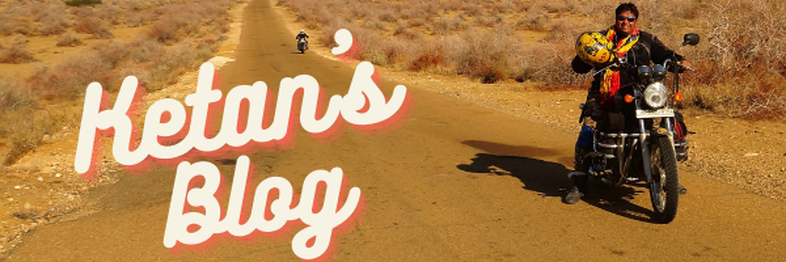
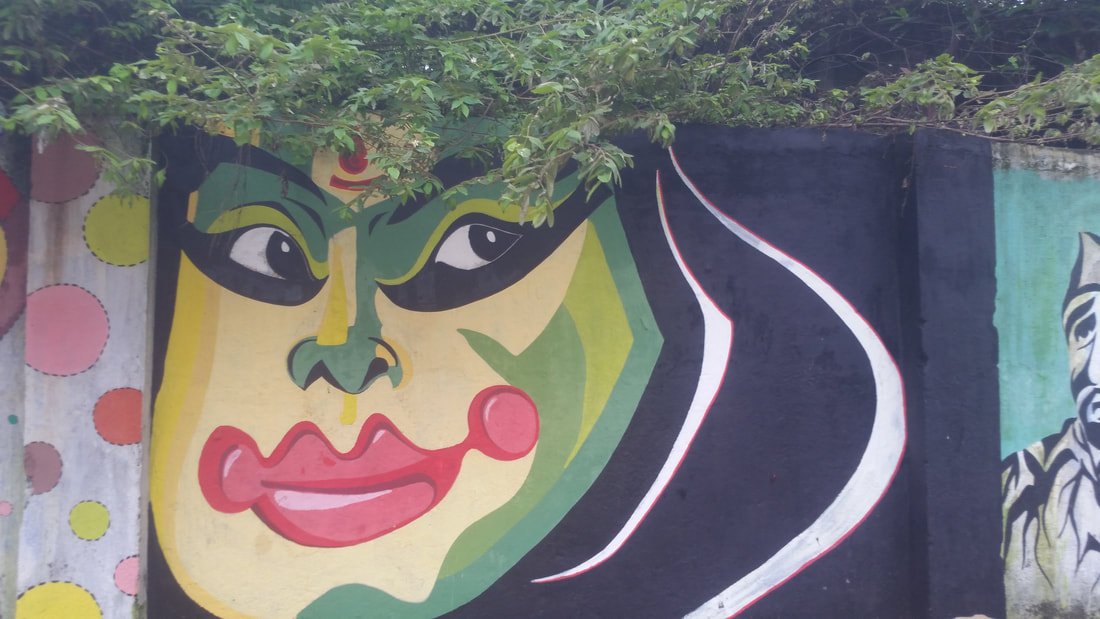
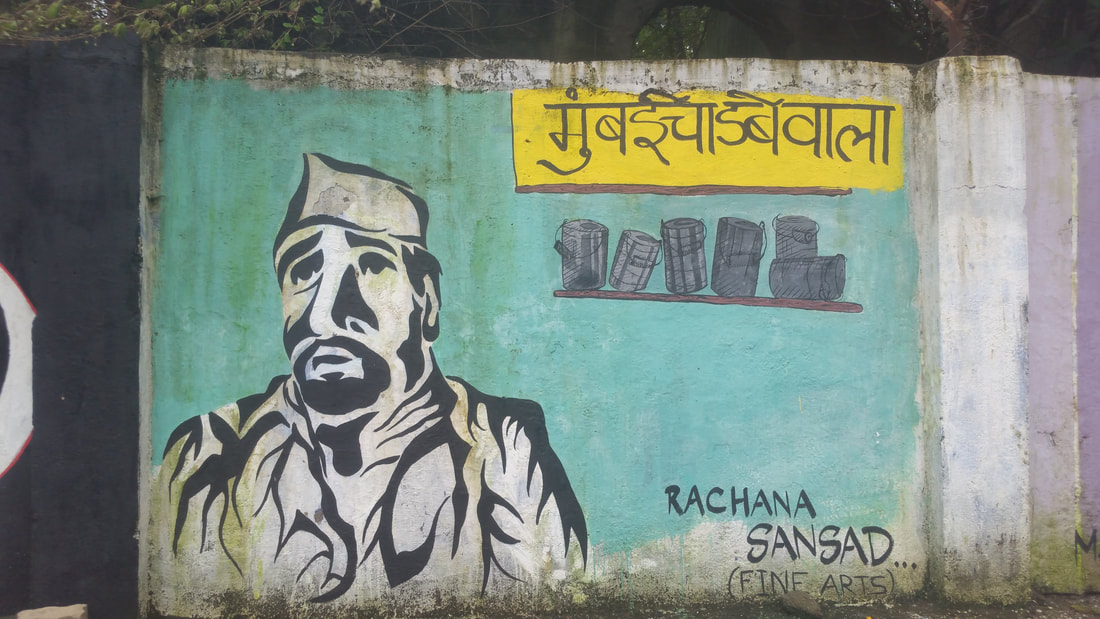
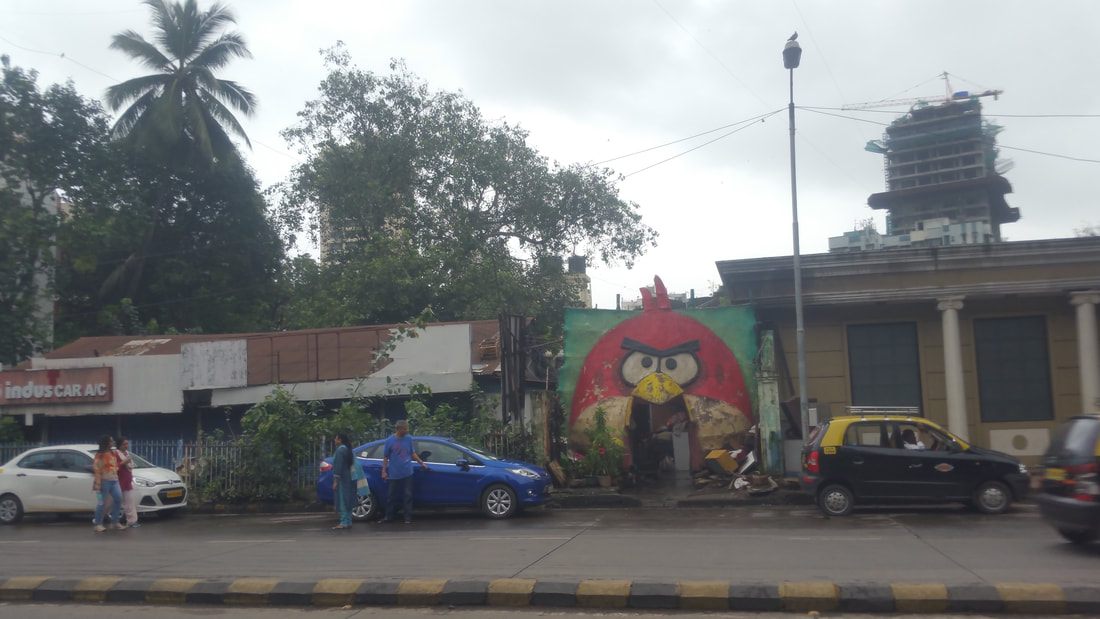
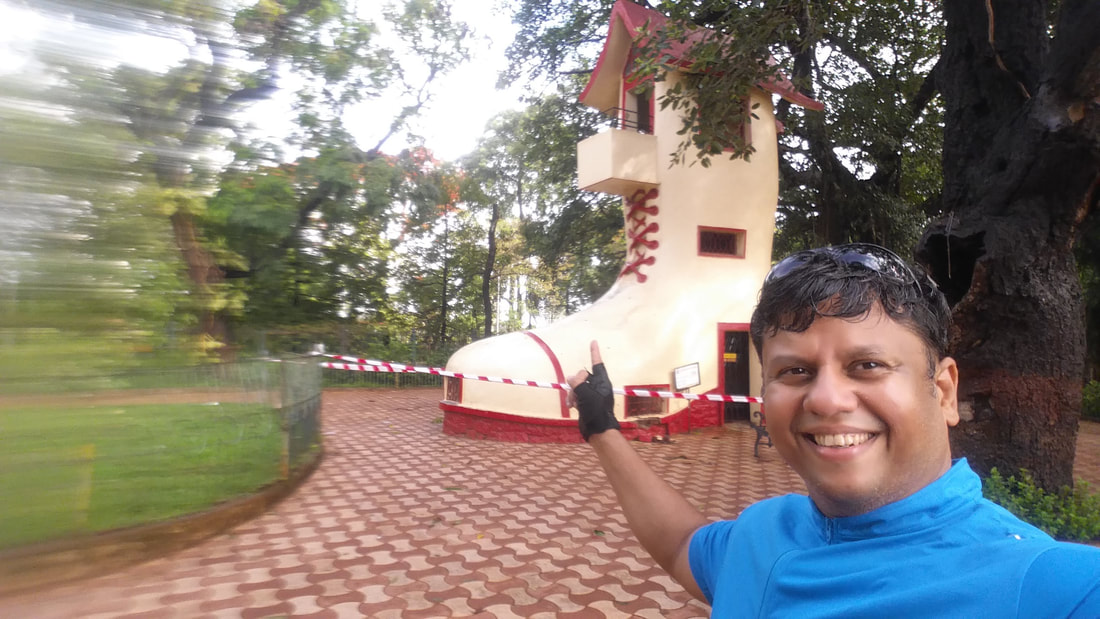
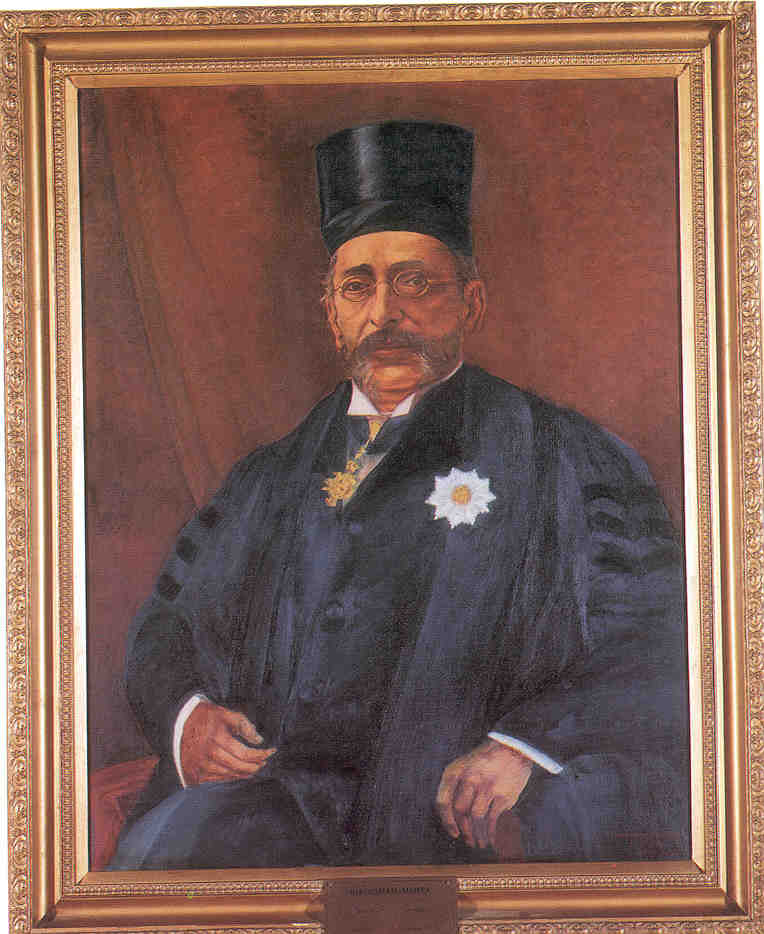
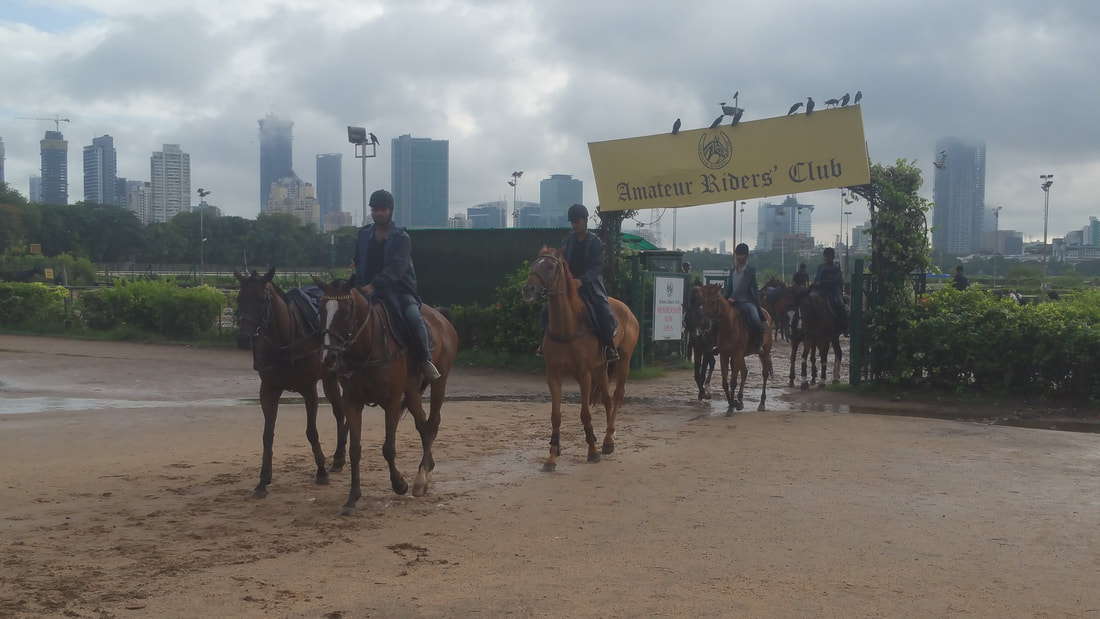
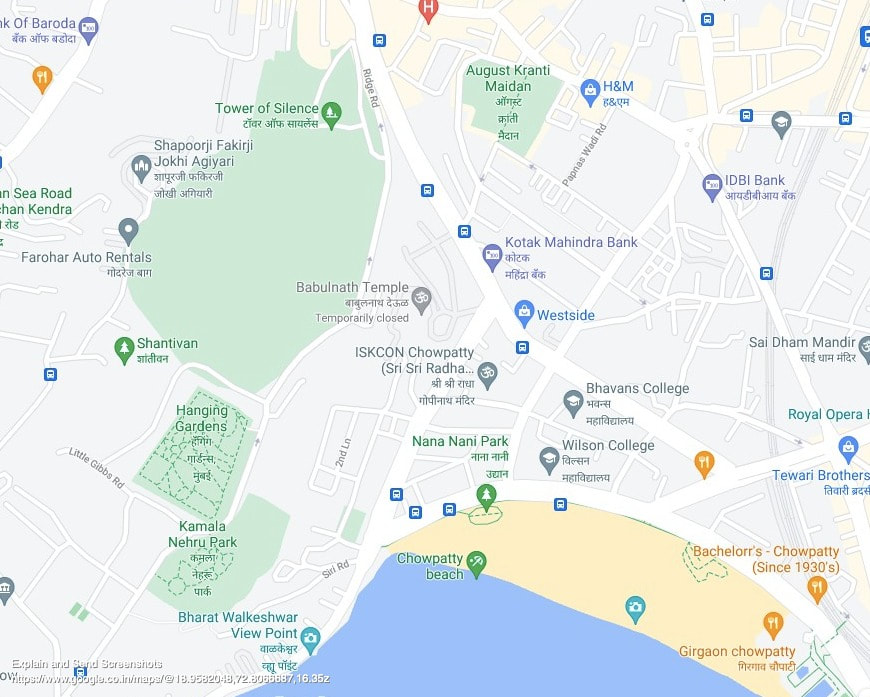
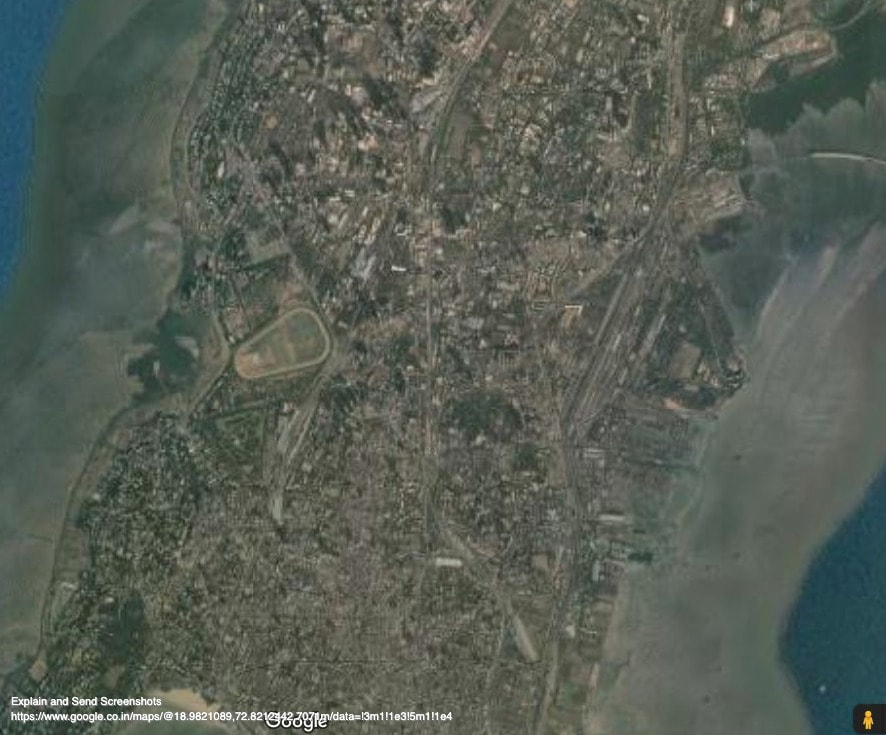
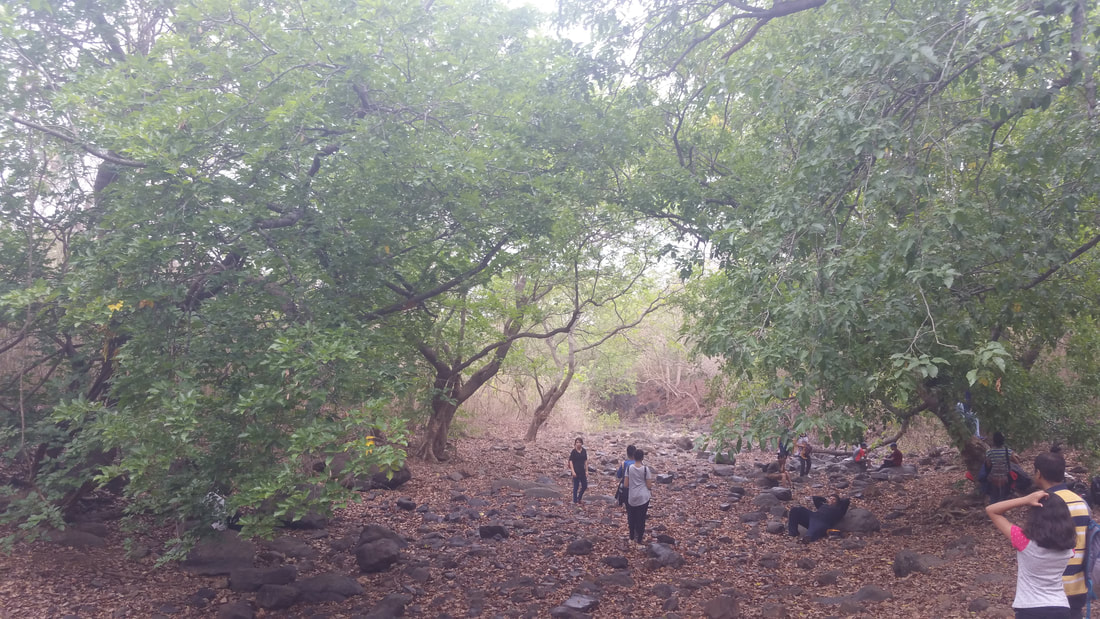
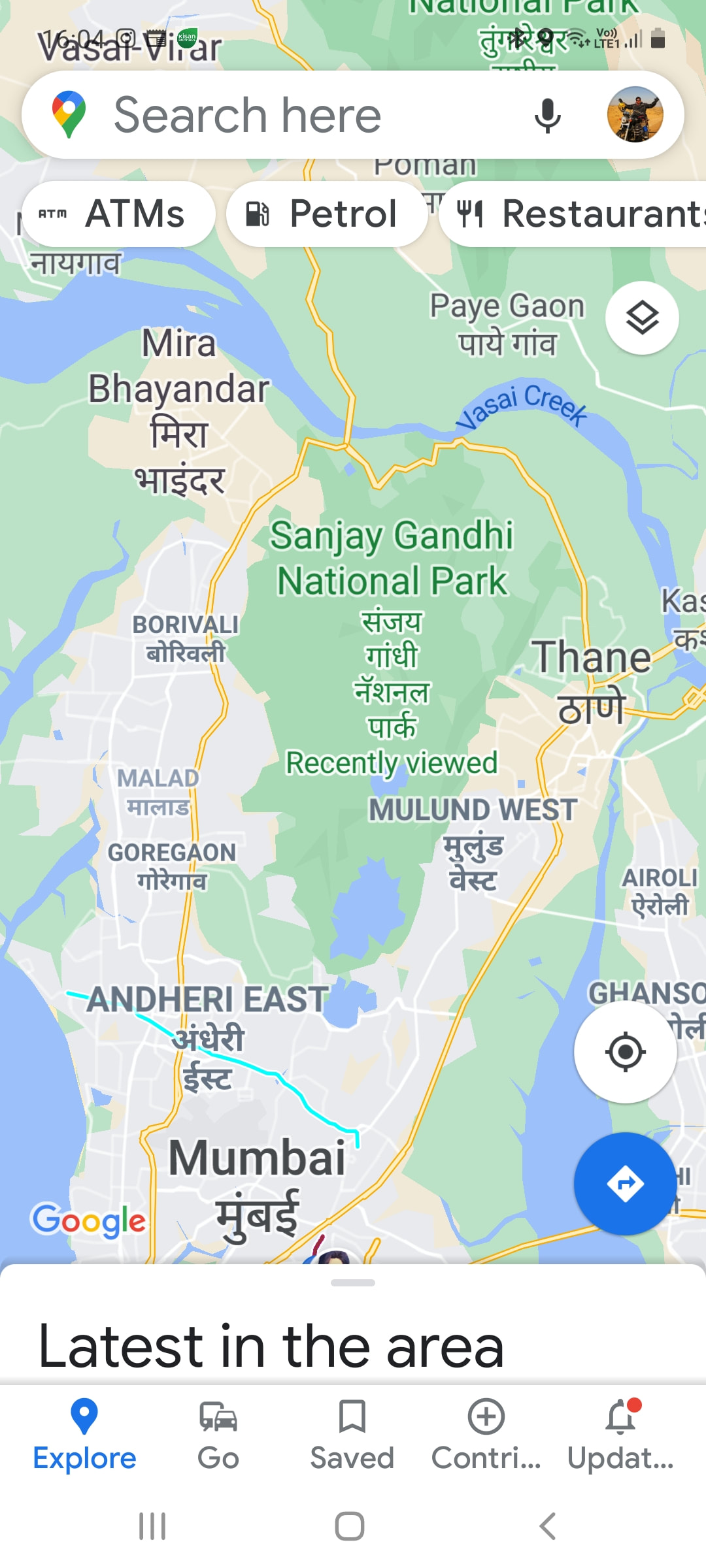
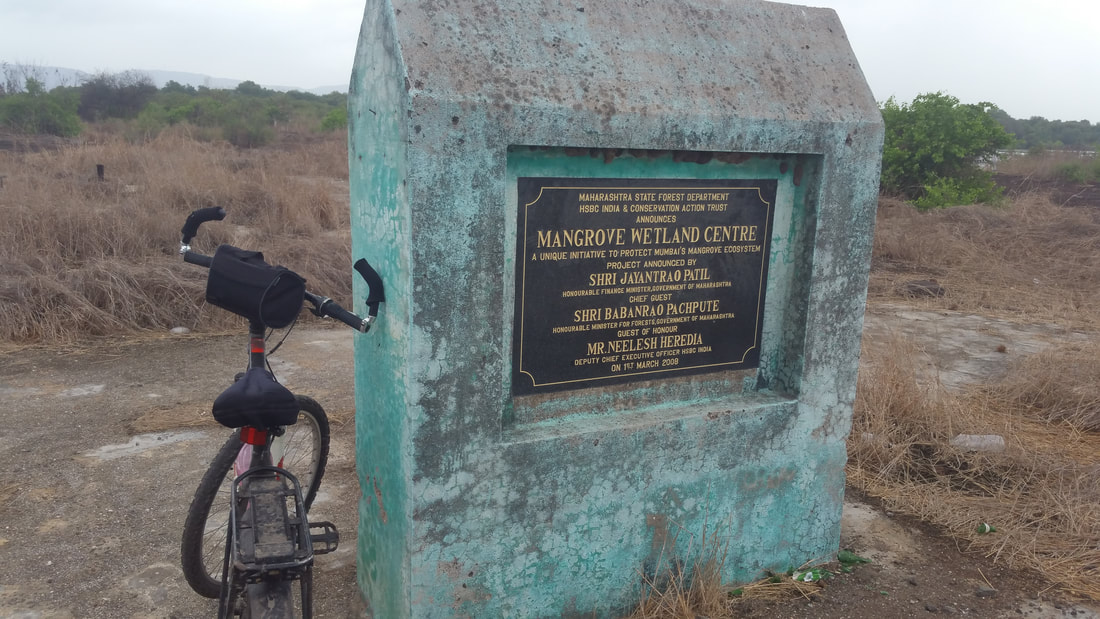
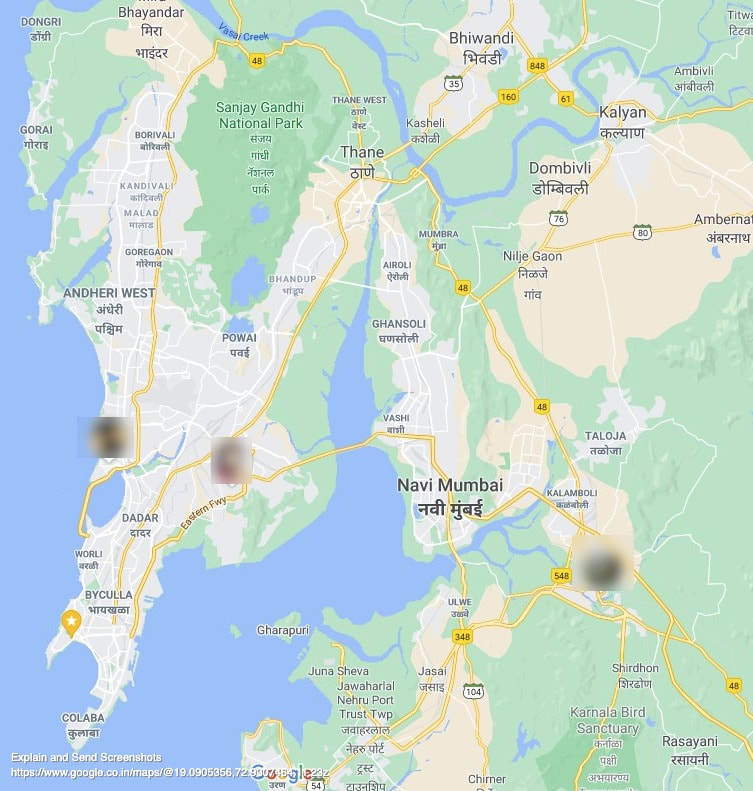
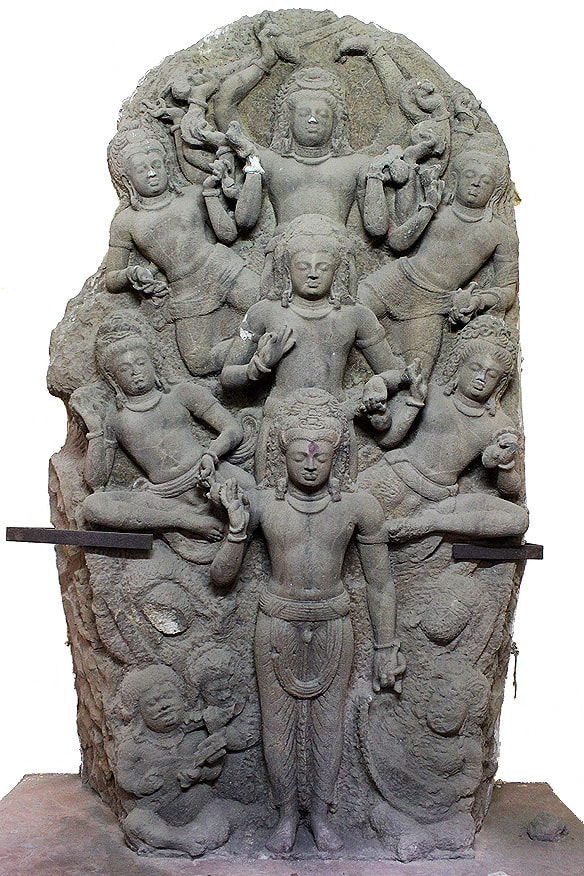
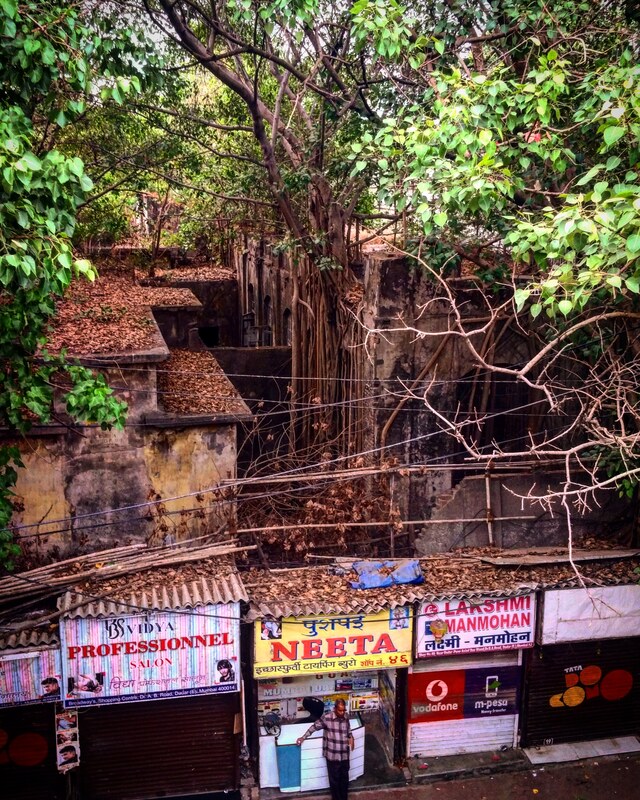
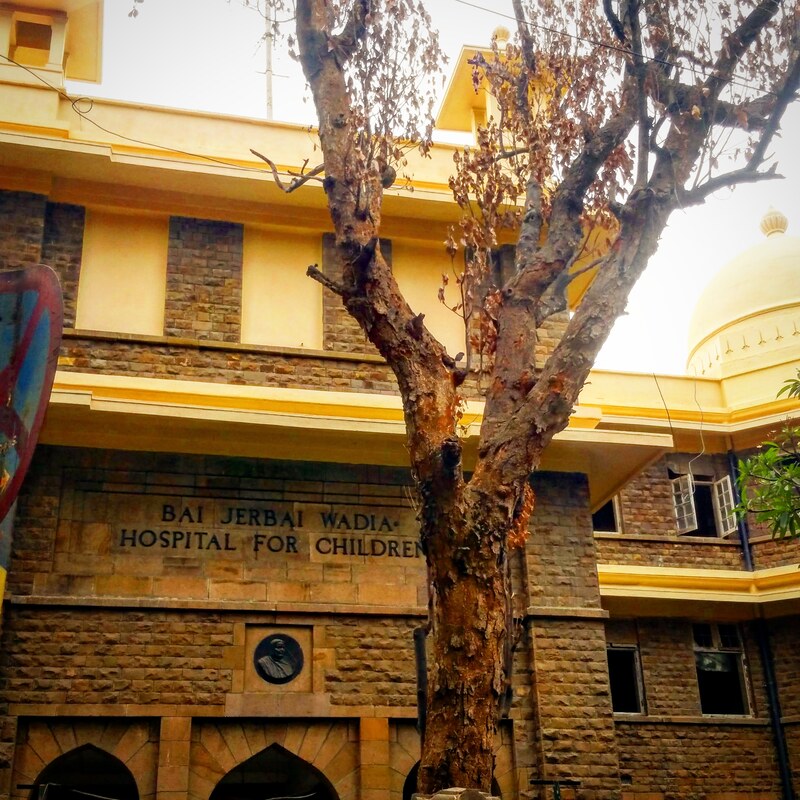
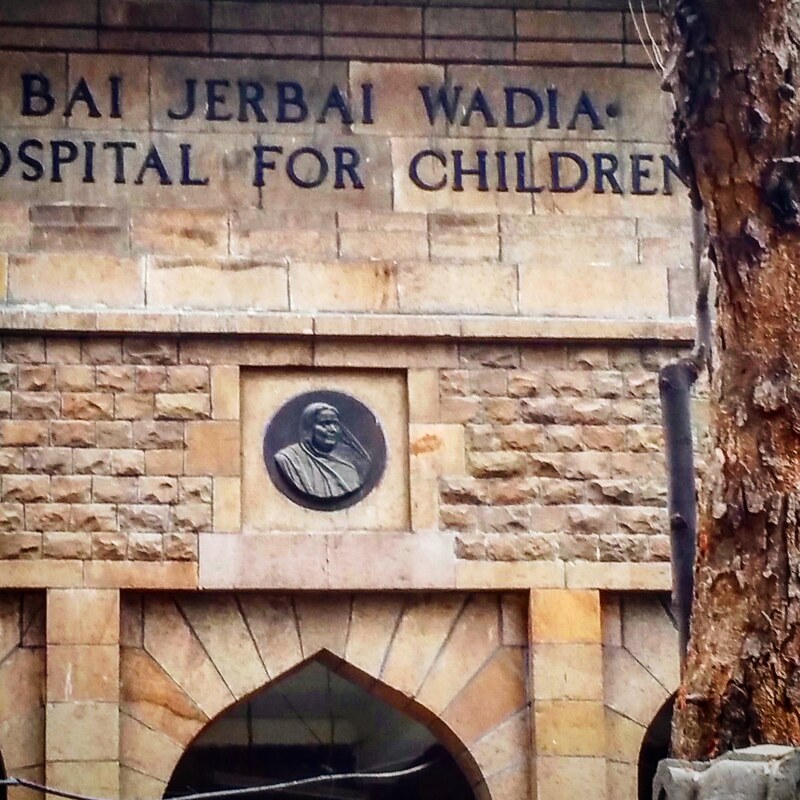
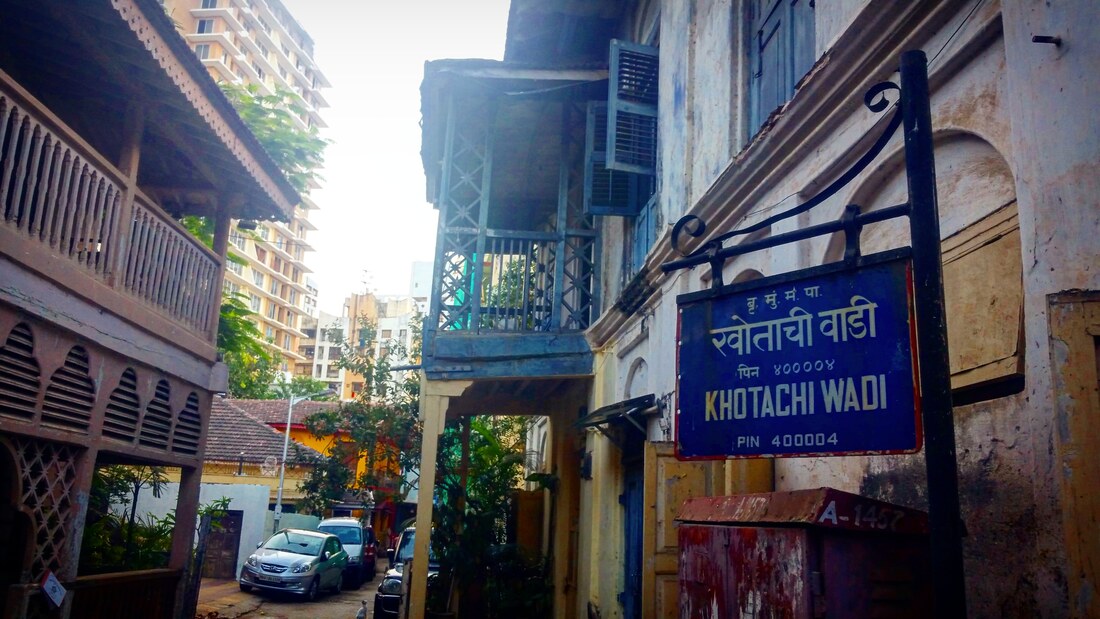
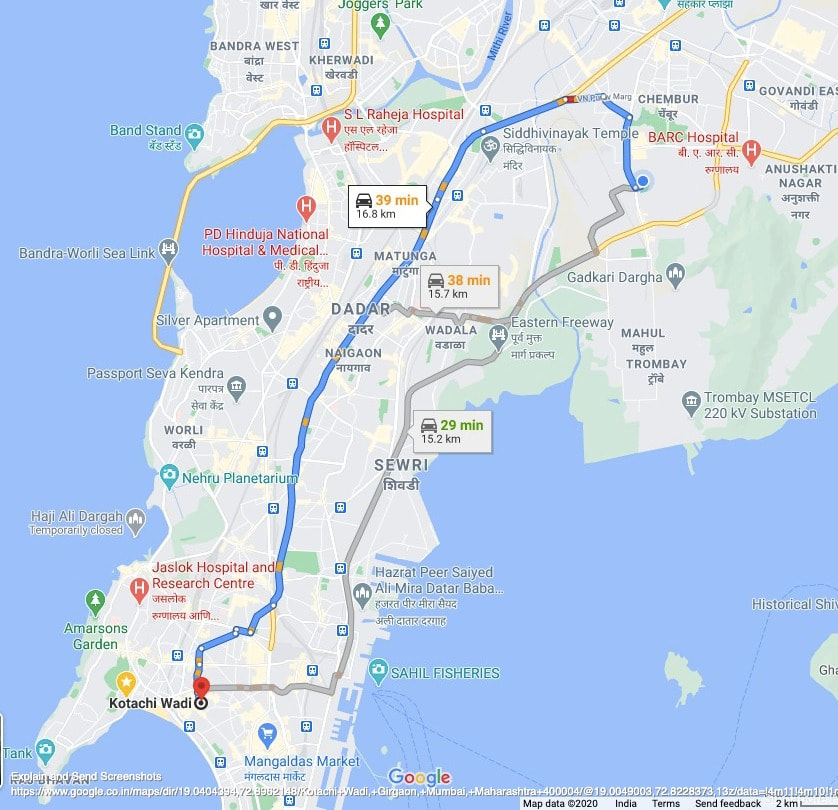
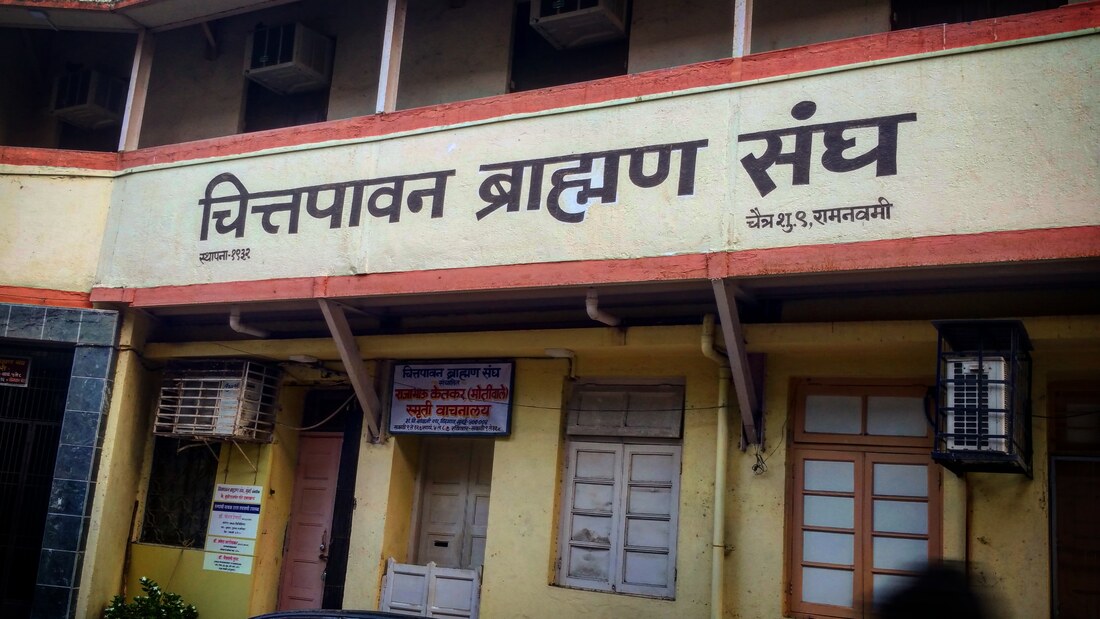
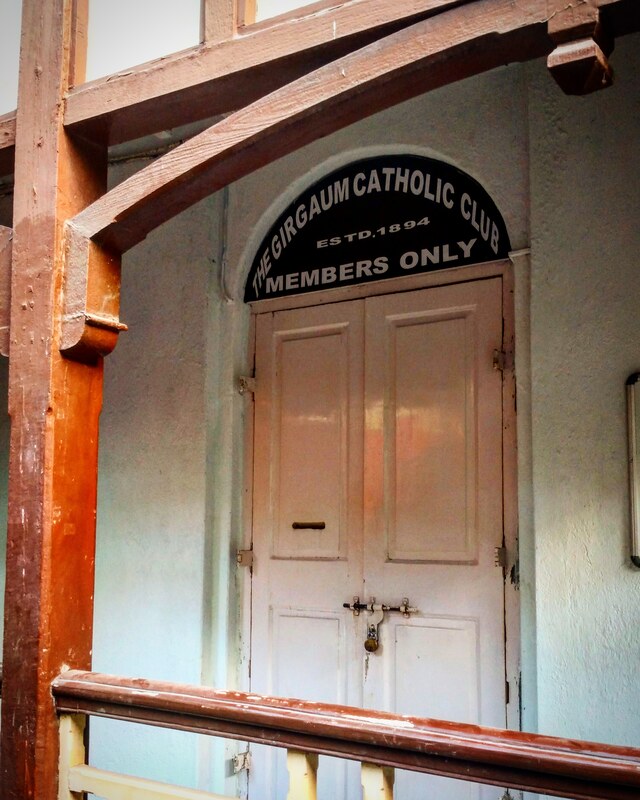
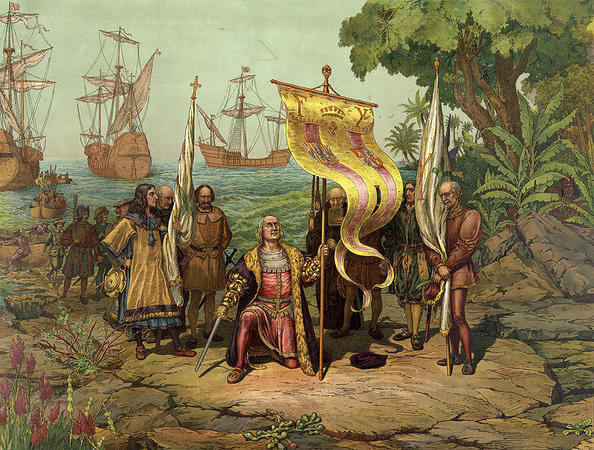

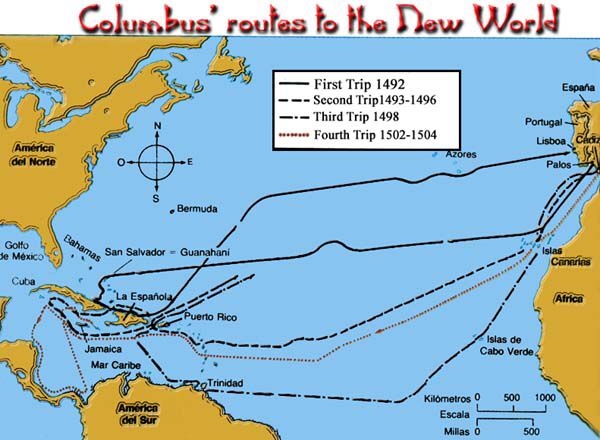
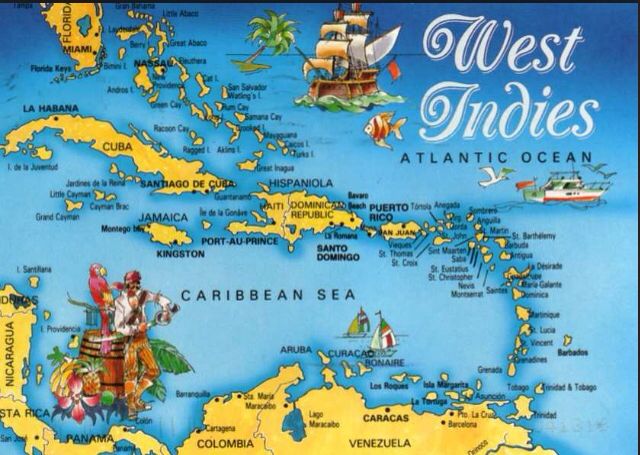
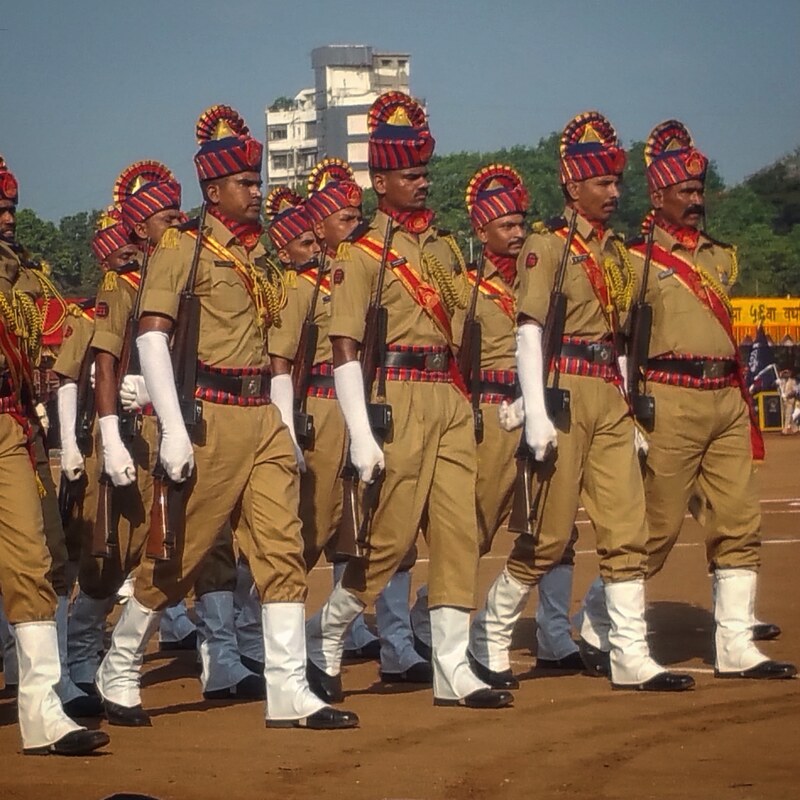

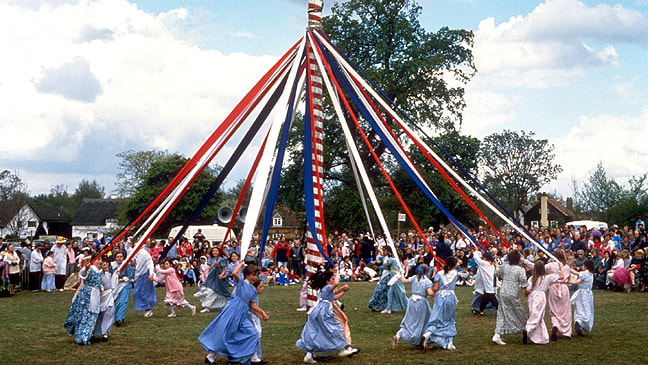
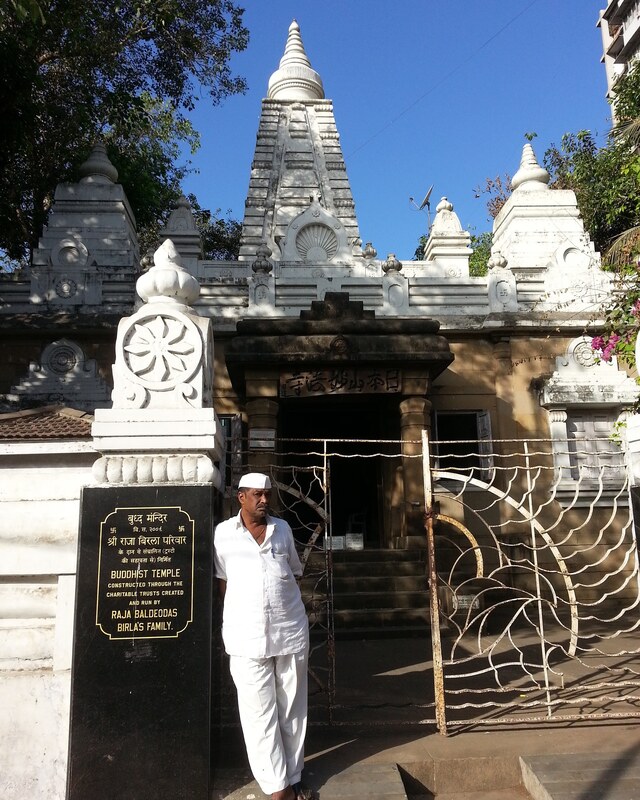
 RSS Feed
RSS Feed

